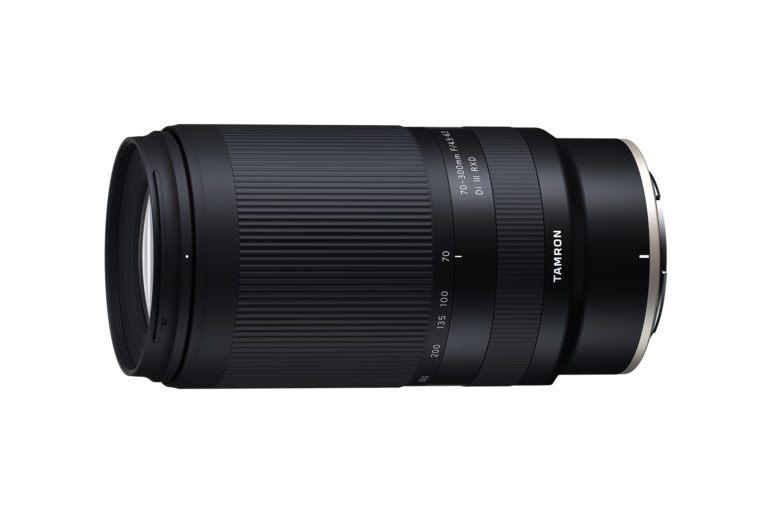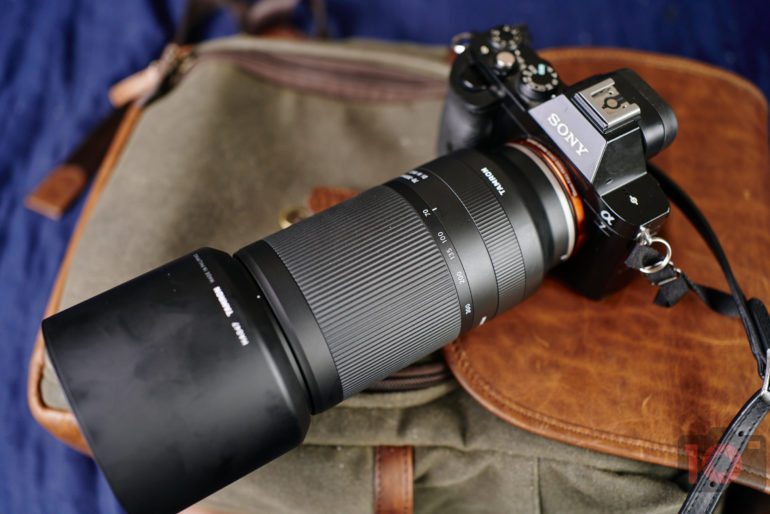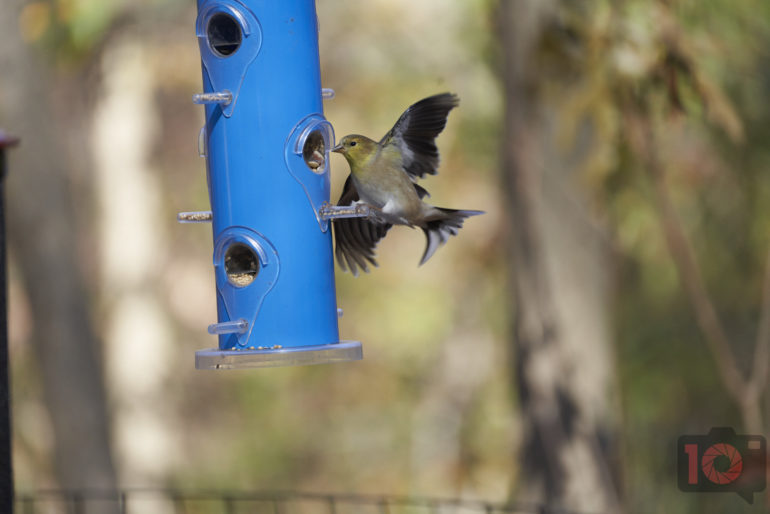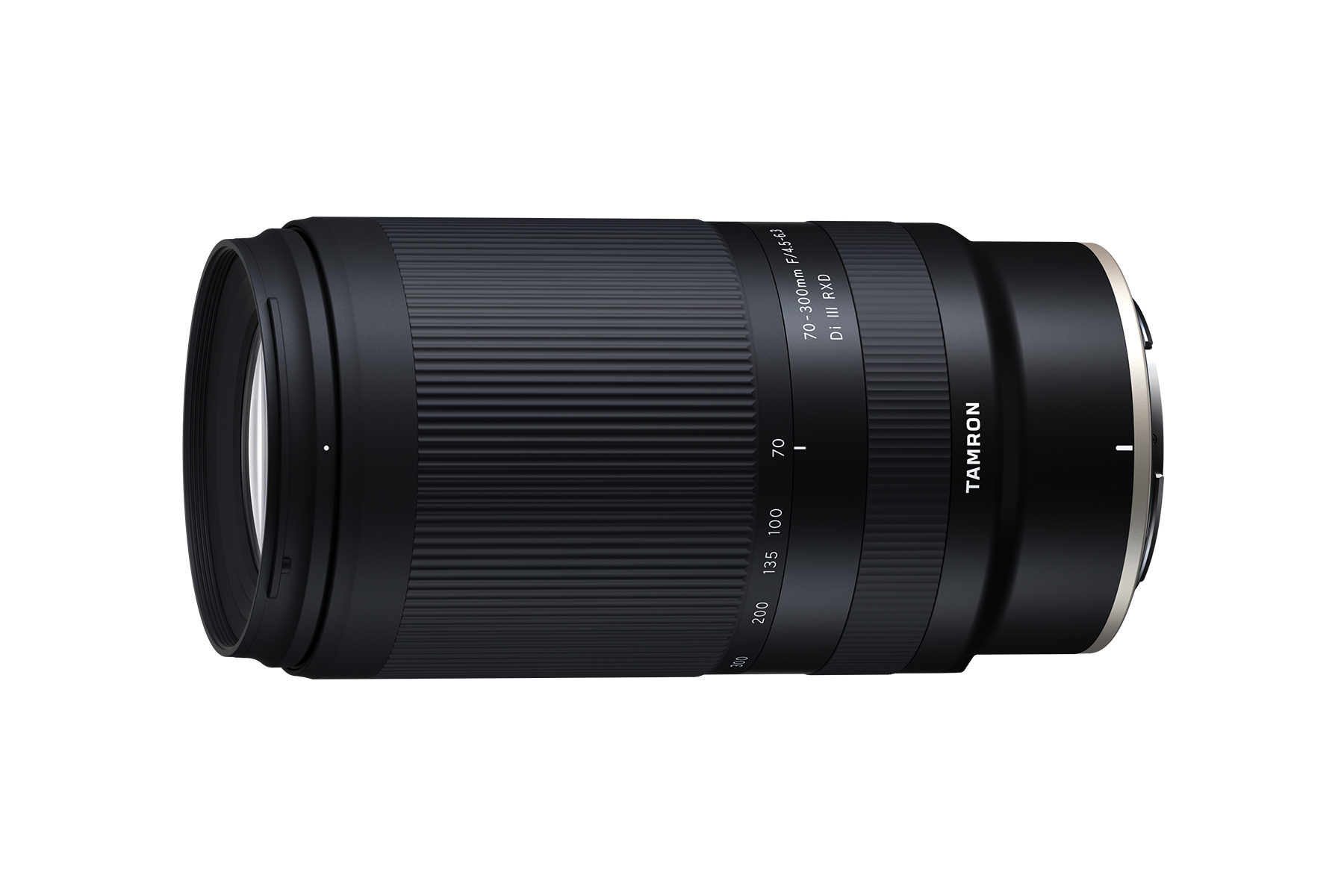Tamron Co., Ltd. of Japan has just announced the development of their first Nikon Z mount AF lens, the Tamron 70-300mm f4.5-6.3 Di III RXD. Nikon Z owners are sure to love this as it’s Tamron’s first autofocus lens for Z mount cameras. Until now, Viltrox was the only 3rd party brand that made AF Z mount lenses, with brands like Laowa and TTArtisan sticking to manual focus options. At just under 6″ in length and weighing 20.5 oz, Tamron claims this is the “world’s smallest and lightest full-frame mirrorless telephoto zoom lens.” Can this Tamron Z mount lens spur other Nikon Z lens manufacturers to bring out AF lenses?
Subscribers get some sweet perks and are automatically entered into contests! Download our app for iOS, iPad, and Android and get no banner ads for $24.99/year.
Table of Contents
tamron 70-300mm F4.5-6.3 Di III RXD
Nikon users like myself have been eagerly waiting to see what 3rd party lens manufacturers bring to the Z-mount. While Nikon has been steadily increasing the announcements of new Z lenses over the past 12 months, when it came to 3rd party autofocus lenses, it was only Viltrox who made them. It’s been nearly four years since the first Z camera launch. I wonder why it’s taken so long for Tamron to release a lens with a native Z mount. But I’m glad it’s launching soon, and this does open up a world of possibilities for more Tamron Z mount lenses to launch soon after.

Lens Features
Compact And Lightweight
A telephoto lens that can fit into the palm of your hand is impressive. When I began my move to digital photography, my first lens was a first-generation Nikkor AF-S 70-300mm f4.5-5.6 VR lens. I couldn’t afford a 70-200 f2.8 after shelling out for a Nikon D300 back then. But I was in no way disappointed with the purchase. It was easy to carry around, took some great images, and I decided to part with it only when I went pro a handful of years later. If you haven’t used a 70-300mm lens yet, you’d be surprised at the kind of results you can get with it. Photographing people outdoors, I enjoyed the focal length compression at 200mm and upwards.
I’d love to be able to test this lens when it launches. Tamron claims it’s the smallest and lightest telephoto lens among 300mm-capable telephoto zooms for full-frame mirrorless cameras.
Sharp and Silent
Tamron’s RXD (Rapid eXtra-silent stepping Drive) helps keep the autofocusing super fast and quiet. I’ll be keenly watching how this pairs with the various subject AF modes on Nikon’s Z cameras, especially those on models besides the Z9. Their proprietary BBAR lens coatings should help maintain sharpness across the frame, even on high-resolution cameras like the Nikon Z7 II.
Who Would Buy This?

Lenses in this focal range are targeted at the amateur photographer segment. But there’s no reason that pros can’t make great use of this lens too. We were impressed with the sharpness and weather sealing when we tested the Sony E-mount version of this lens. Build quality and image quality were very good for a lens at its price point. Tamron should be able to carry over all these strengths to their Z mount version as well.

Bird photography enthusiasts, budding sports photographers, parents with young kids who love running outdoors – all of these kinds of photographers would enjoy this lens. I hope Tamron gets the compatibility with Nikon’s various subject focus modes spot on.
I’m Excited
It’s not just this lens itself that excites me, but the fact that this means Tamron could potentially release more AF lenses for the Nikon Z mount next year. Nearly four years after the launch of the first Nikon Z camera, there aren’t enough 3rd party lenses for photographers. Nikon is doing what it can to keep its lens roadmap promises. But more 3rd party lenses mean more competition, and that’s always beneficial to end users like us. This could mean popular lenses like Tamron’s 150-600mm f5-f6.3 and the 18-400mm f3.5-6.3 could soon be in native Z-mount versions. Both of these focal range lenses aren’t available from Nikon yet.
Tamron doesn’t shy away from making unique focal length range lenses. Could they fill the gap for many Nikon Z camera owners who say that Nikon takes too long to release Z-mount lenses? Will this inspire others like Sigma and Tokina to follow suit? Time will tell, but for now Tamron takes the lead.
Article lead image taken from Tamron’s press release


